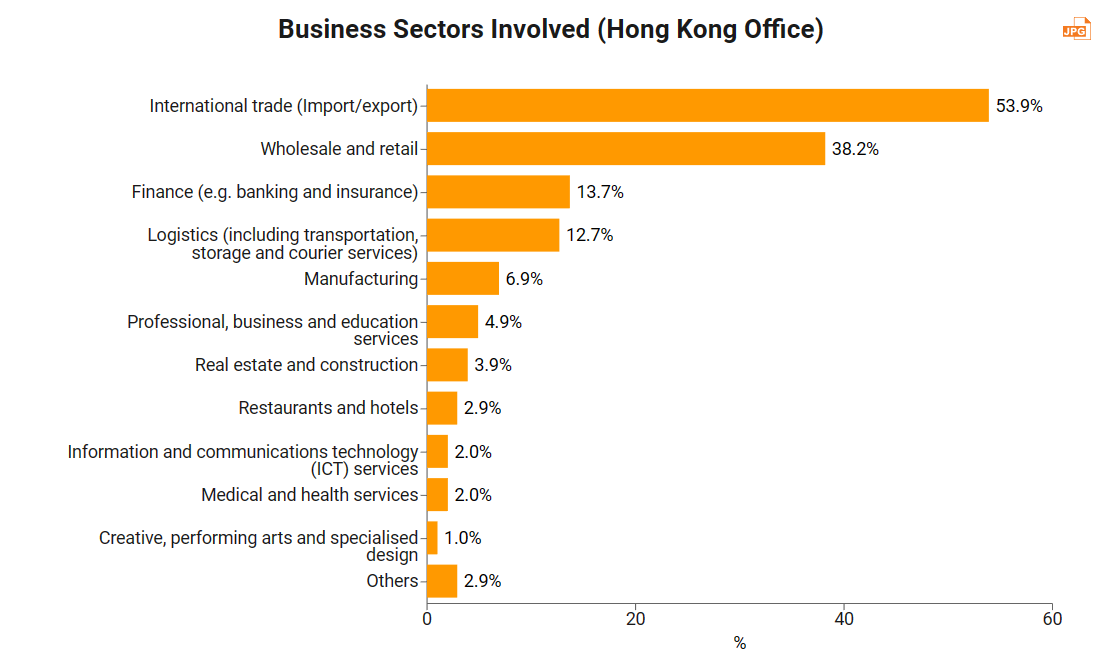Agustín Carstens speaks about inflation, global growth and a rethink of fiscal and monetary policy
Mr Carstens, how do you assess the situation and the prospects for the global economy? Do you belong to the camp of optimists or to those with a more pessimistic assessment?
The global economy has had to deal with some severe shocks in recent years. But the situation is better than it could have been feared, especially after the outbreak of the Ukraine war or even a few months ago. And this is true even despite the banking turmoil in March. Yes, the global economy is going through a soft patch. But it is resilient and there are also some green shoots, such as China's reopening after its zero-Covid policy. There is still a good chance of a soft landing for the global economy.
And what worries you the most? Is it a possible recession in the US? Or Europe?
There are undoubtedly some sectors around the world and some countries that are at risk because of high debt levels and that are particularly sensitive to rising interest rates. In some housing markets, for example, there is a chance of slowing down.
Do you fear a recession in the US as the world's largest economy, as supposedly signalled by the inverted yield curve, or is that a false alarm?
The inversion of the yield curve can also reflect that market participants expect a much lower inflation rate in the future than at present. There is no clear or mechanistic connection with a recession. So one should not read too much into it. There may also be a soft landing of the economy in the US.
You mentioned the bank turmoil in March, especially in the US and Switzerland. The financial markets seem to have largely closed that chapter. But is there still trouble ahead for the real economy due to tighter financing conditions? Is there even a threat of a credit crunch?
The transmission of monetary tightening works through tighter financing conditions. And this is necessary to dampen investment and consumption and thus lower inflation, which is too high. The outbreak of financial instability in March should not be downplayed. But at the same time, it did not derail economies. Policymakers reacted decisively and brought the situation under control. It has also shown that central banks can fight inflation and deal with financial stability episodes simultaneously with separate instruments.
As far as inflation is concerned, overall inflation rates worldwide have recently declined significantly. However, core inflation rates excluding energy and food remain high and are still rising in some cases. So is inflation even stickier than expected - and is a new, higher inflation regime still looming, as the BIS warned last year?
The very high inflation had two main reasons: temporary reasons, such as the rise in commodity prices, supply chain problems and consequences of the pandemic, and longer-lasting reasons, such as in particular the aggressive stimulation of aggregate demand by fiscal and monetary policy during and after the pandemic. The recent decline in inflation is mainly due to the fading of transitory factors. This first phase of the disinflationary process was relatively quick and easy. Now we are in the middle of the second phase of this process. Now monetary policy has to curb demand. That is much more difficult and takes longer.
So is it too early for an all-clear?
There are some encouraging signs that monetary policy is starting to work. We are on track to meet inflation targets again. But it will take time and there is a lot of uncertainty. On the positive side, central banks have acted decisively. This has ensured that inflation expectations have remained generally under control, i.e. in the range of the 2% inflation targets. This is crucial to bring inflation down further.
As far as the causes of inflation are concerned, the focus is increasingly on price increases and high profit margins of companies - under the term "greedflation". But this is controversial. How do you assess it?
Basically, it is quite common that when inflation is high, companies try to pass on higher costs and push through higher prices, as well as workers seeking higher wages. And indeed, in some sectors and countries there have been very aggressive price increases. But this will not last. When demand and economic activity slow down, the scope for companies to raise their prices will also decrease.
And how large do you think the danger of a wage-price spiral is? Not least in Germany, there have been some very strong wage increases, just recently in the public sector.
As long as there is a strong belief among market participants and society that the central banks will succeed in lowering inflation again, inflation expectations will remain anchored. This reduces the risk of a wage-price spiral. Of course, there may be developments that cause some to question the resolve of central banks - for example, financial stability problems. Central banks are being put to the test right now. They have to fight for their credibility as institutions and prove their ability to lower inflation. The credibility of central banks is a major weapon in the fight against too-high inflation.
But haven't the reputation and credibility of central banks already suffered enormously from the blatant underestimation of inflation in 2021 and 2022?
That was not necessarily good for central banks. But you also have to see that the inflation trend would have been completely different without the pandemic and the Ukraine war. Now the central banks also have the opportunity to show why their independence is important. Their credibility will be judged by how this episode is managed. The central banks must not let up too soon and they must continue to fight inflation with resolve.
And that means in concrete terms?
By and large, I think most of the rate hikes have already been done. Sure, there could be a few more hikes here and there. But we are not that far away from the interest rate peak, the "terminal rate". What is crucial now is what the central banks have clearly communicated: After reaching the peak, they will keep key interest rates high for quite a while. I support this "higher for longer" approach. Many market participants, on the other hand, are expecting early interest rate cuts. I do not think that is realistic. It will take longer to really subdue inflationary forces and ensure that inflation stays low. Persistence is now the key for central banks.
In addition to raising interest rates, the central banks have also begun to reduce their balance sheets, which have become extremely bloated through bond purchases. However, they are proceeding very cautiously so far. How important is the reduction of balance sheets in the fight against inflation and do we need a faster pace?
Reducing central bank balance sheets is an important part of the necessary normalisation and tightening of monetary policy. It is right to continue this gradual process and to bring the balance sheets back to a reasonable size - but in such a way that this does not trigger any turbulence. So far, the reduction has been done mainly by not reinvesting maturing securities. This is basically a very sound principle: the market should absorb new debt securities, not the central bank.
Some critics say that the central banks will not be able to raise interest rates as far and reduce their balance sheets as significantly as would actually be necessary to fight inflation, because then there would be a threat of a financial and economic crisis. Does such a form of "financial dominance" already prevail?
I don't see it that way at all. This argument is also based on a false assumption - namely that there is financial stability if monetary policy is not tightened. If monetary policy does not react when inflation is high, inflation gets out of control and real interest rates rise rapidly - with risks for the financial system. Financial instability can thus be exacerbated by central bank inaction.
Some observers argue that the real economy and the financial system are nowadays no longer able to cope with higher interest rates in the long run.
I don't buy this argument. Of course, there are always players who suffer from rising interest rates. But there is no proof that there is a magic number beyond which rates cannot go. Two things are important to me in this context: if the process of fighting inflation is more strongly supported by fiscal policy, the need for very high interest rates is reduced. Therefore, a more conservative fiscal policy would be helpful at the moment. And it is important to boost growth in the long term, especially through structural policy.
So fiscal policy is still too expansionary at the moment?
The IMF forecasts that public debt will continue to rise in relation to GDP over the next five years. That means there is a fiscal impulse. You know, I used to be a finance minister too. You can always find reasons and ways to spend money. But what you have to do now is really to set priorities - for infrastructure, education, digitalisation, climate change. It's not about more money, but about money well spent. This will help inflation, people and even public finances.
Recently, there have also been increasing calls to simply raise the inflation targets of central banks - to 3% or 4% instead of 2%.
I am firmly convinced that 2% is achievable, and I think it would be a very dangerous precedent to raise inflation targets now.
In a recent speech, you argued that there needs to be a rethink by policymakers. They should accept the limits of short-term macroeconomic stabilisation through fiscal and monetary policy and focus more on long-term structural policy. How realistic do you think such a rethink is?
Fiscal and monetary policy cannot be the last-resort source of growth forever. Both areas have clear limits and, above all, they cannot guarantee sustainable long-term growth. This is what we call a "growth illusion". For sustainable growth, other areas are important, above all structural policy. For example, it is a matter of removing the sometimes major restrictions on access to the labour market. Deglobalisation and the fragmentation of the global economy and markets are other pressing problems.
But is such a rethink politically realistic and socially capable of gaining majority support?
Especially after the global financial crisis, there was the idea that fiscal and monetary policy could provide expansionary impulses whenever necessary without any consequences for inflation. But with the pandemic as the last straw, that world is gone. And it will not return. We have to realise that and draw the necessary lessons.






















































First, please LoginComment After ~